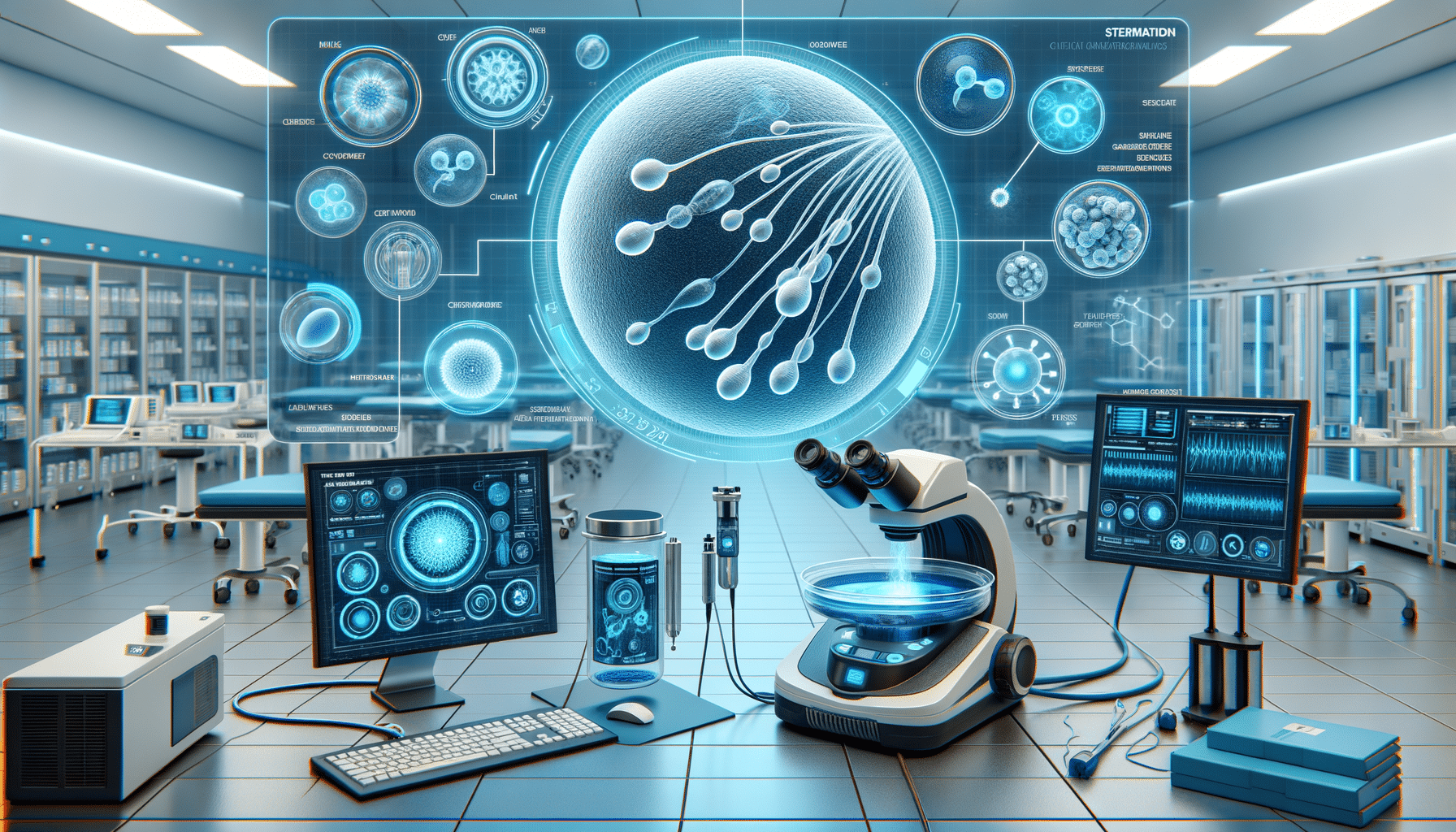
Sperm donation in 2025: What You Should Know
Introduction to Sperm Donation in 2025
The landscape of sperm donation has evolved significantly over the years, and as we step into 2025, it is more relevant than ever to understand the dynamics of this practice. With advancements in medical technology and changing societal norms, sperm donation has become a crucial option for individuals and couples looking to start a family. This article delves into the various aspects of sperm donation in 2025, exploring the latest trends, ethical considerations, and technological advancements that shape this field.
The Evolution of Sperm Donation Practices
Sperm donation has a long history, but its practices and perceptions have evolved dramatically over time. In 2025, the process is more streamlined and accessible than ever before. The rise of online platforms has made it easier for donors and recipients to connect, ensuring more efficient matches. Furthermore, the criteria for sperm donors have become more rigorous, focusing on health, genetic screening, and psychological evaluations to ensure the well-being of future offspring.
One of the notable changes is the increased transparency in the donation process. With advancements in genetic testing, donors can now provide detailed health and genetic information, allowing recipients to make informed decisions. This transparency not only benefits the recipients but also enhances the donor’s confidence in the process.
Moreover, the societal perception of sperm donation has shifted. It is no longer seen as a last resort but as a viable option for many, including single women, same-sex couples, and individuals with fertility challenges. This acceptance has led to a more diverse pool of donors and recipients, reflecting the changing family dynamics of the modern world.
Technological Advancements in Sperm Donation
The role of technology in sperm donation cannot be overstated. In 2025, technological advancements have revolutionized the way sperm is collected, stored, and utilized. Cryopreservation techniques have improved, allowing sperm to be stored for longer periods without compromising its quality. This advancement is crucial for individuals who wish to delay parenthood for personal or professional reasons.
Furthermore, artificial intelligence (AI) has found its place in the sperm donation process. AI algorithms are used to analyze donor profiles and match them with recipients based on a variety of factors, including genetic compatibility and personal preferences. This not only streamlines the matching process but also increases the likelihood of successful pregnancies.
Additionally, blockchain technology is being explored to ensure the security and privacy of donor and recipient information. By providing a secure and transparent ledger, blockchain can prevent unauthorized access and ensure that all parties involved have confidence in the process.
Ethical Considerations in Sperm Donation
As with any medical practice, sperm donation in 2025 comes with its own set of ethical considerations. One of the primary concerns is the anonymity of donors. While some donors prefer to remain anonymous, there is a growing trend towards open donation, where donors and offspring have the option to contact each other in the future. This shift raises questions about the rights of the donor, the recipient, and the resulting child.
Another ethical issue is the commercialization of sperm donation. As demand increases, there is a risk of commodifying human reproductive material. It is essential to balance the need for donor compensation with the ethical implications of turning sperm donation into a commercial enterprise.
Moreover, the use of genetic screening raises concerns about eugenics and the potential for creating “designer babies.” While genetic testing can prevent hereditary diseases, it also opens the door to selecting traits based on personal preferences, which poses significant ethical dilemmas.
The Future of Sperm Donation
Looking ahead, the future of sperm donation holds both promise and challenges. As technology continues to advance, the process will become more efficient and accessible, offering hope to individuals and couples who wish to start a family. However, it is crucial to address the ethical and societal implications that accompany these advancements.
One potential development is the use of stem cell technology to create sperm, which could revolutionize the field by eliminating the need for traditional donors. This advancement could provide new opportunities for individuals with fertility issues, but it also raises questions about the ethical use of such technology.
Ultimately, the future of sperm donation will depend on finding a balance between innovation and ethical responsibility. By addressing these challenges head-on, we can ensure that sperm donation remains a viable and ethical option for those seeking to build families in 2025 and beyond.


